High Dynamic Range, or HDR, is a term that's thrown around pretty loosely now through the Internet among photographers, but few actually know what it is. The truth is, there isn't much knew about the concept, it's just with digital photography progressing and software engineers developing new tools along with hardware to handle them, the option to create HDR pieces is easier than ever.
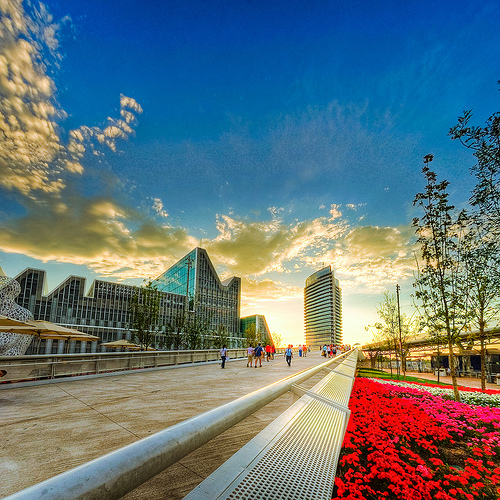
HDR, in a nutshell, is exposing the same frame at different exposures and then layering them together to take the best parts of all frames and put it into one single image. It allows photographers to show highlights and shadows together in a frame in a way they've never before been able to. Here are 7 reasons HDR is not a fad and will be here to stay.
1. HDR is an awesome tool. Most have only seen HDR photos that are overly done though with an end result that looks more like a painting. There is nothing wrong with HDR!
2. HDR is often misunderstood. Not every photo should have an HDR treatment done, and while it's possible to create the effect from one RAW file, done properly you should be bracket shooting your exposures. HDR is not a fix-all, end-all for poor photography.
3. We're just now starting to see the true potential of HDR. Remember folks, this layering thing is kind of new in the 120+ year old art of photography. It's going to take a while to get it right.
4. HDR allows scenes to be photographed that were simply impossible before – that in itself is amazing! Picture yourself standing in a large room with one window. Most landscape shots, to some extent, create some sort of problem for exposures. Photographers have battled to meter for the sky or the ground, and compensated one or the other with creative filters on the end of their lenses. Take a sunset at a beach for example when the sky is fire red, the ocean is dark blue and the sun's reflection off the water is almost pure white. There is no best way to meter for that, but with HDR you'd be able to expose properly for the sky, foreground, water, etc. etc.
5. HDR on it's own is an art form. Trey Ratcliff, known best by his site stuckincustoms.com, has amassed one of the best art travel photography blogs on the Internet, has more then 21 million views on Flickr and had the first HDR photo hung in the Smithsonian. His technique is above and beyond the sunset photo above, his work is unique and has a very loyal following. This form of art, over-the-top conversions, continues to grow too.
6. Software manufactures are embracing the technology. Adobe started to build tools into Photoshop starting with CS2 and continues to improve them with the current version, CS5. Clearly they've seen the request from users and deem it worthy to implement. Likewise, other smaller software companies continue to develop plug-ins for Photoshop and stand alone applications for HDR.
7. It's only a matter of time before in-camera HDR technology is with us. Processors are getting faster, smaller and run cooler, so the thought of in-camera HDR based on a series of bracked photos shouldn't be far off.
If you haven't tried HDR, we urge you to. Yes, it's trendy right now and some are saying it's only a fad, but done right, or even wrong, the results can help further your photography experience. Too few people understand what bracket shooting even means anymore (shooting multiple frames at different exposures of the same subject) since post-processing allows us to fake it so easily. By bracketing to build the 6-12 shots for an HDR photo, you should hopefully get a better grasp on metering and exposures too!
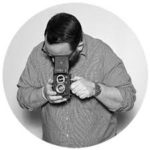

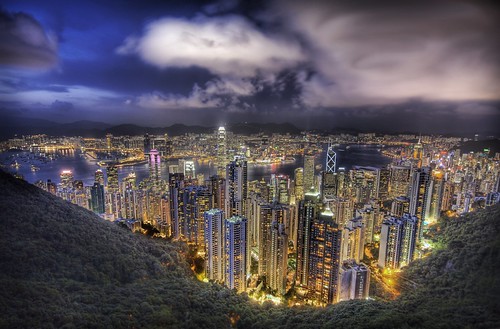

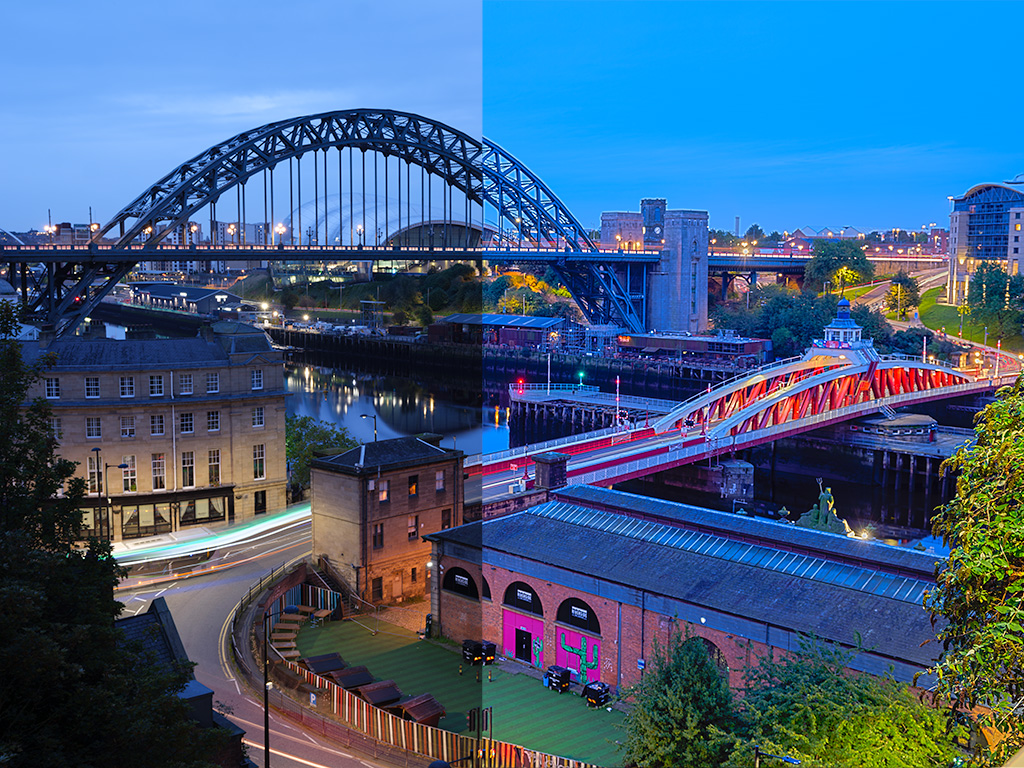
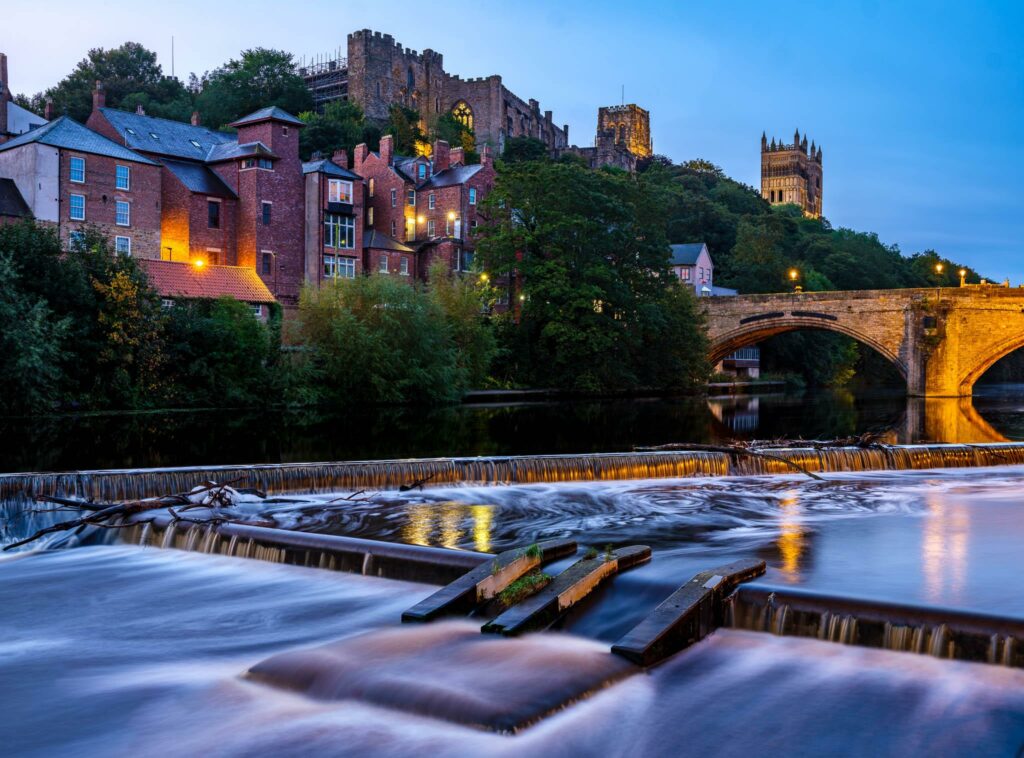
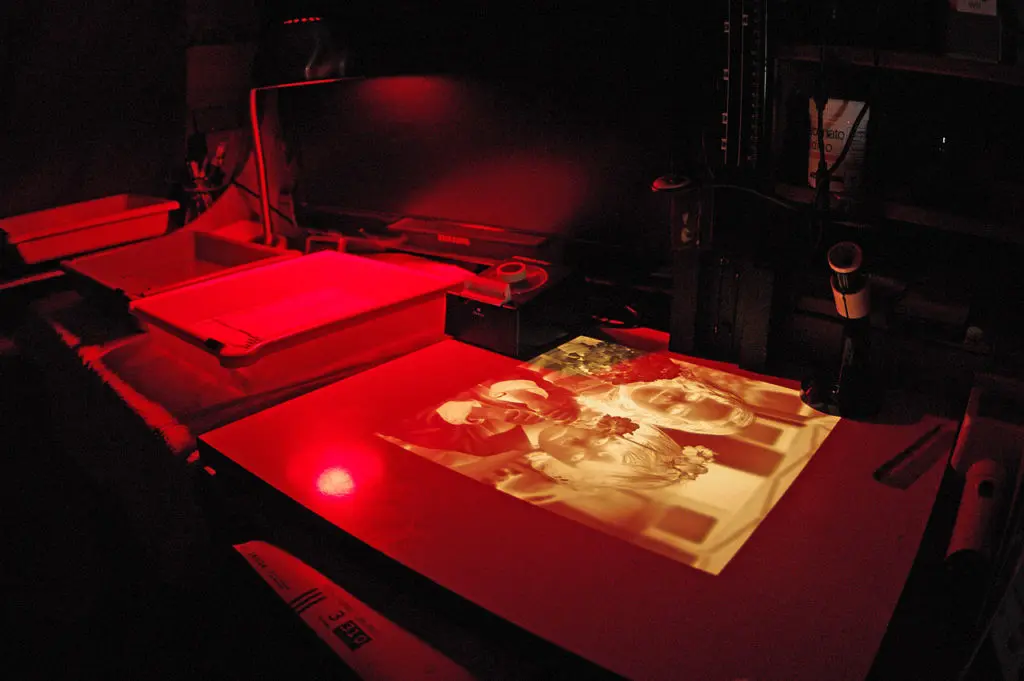

12 Comments
I want to thank you for this particular entry on HDR. I think the points that you make are very valid and apt. Two of the most important points that you make are:
1. Not every photo should have an HDR treatment done
2. HDR is not a fix-all, end-all for poor photography
Still, it is important for photographers to feel comfortable enough to experiment in HDR, should they have the desire because, as you had written: HDR is here to stay.
I agree with everything you’ve just said, but I always take HDRI with a pinch of salt, because of the constant misapplication I see. With good HDRIs you cannot tell that the technique was used, it simply gives the impression of a photo taken with a higher ranging sensor.
‘overdone’ HDRI of the style used by Trey Ratcliff is an artistic technique similar to solarisation, in that it is taking what was originally a technical tool and using it in novel and interesting ways. This technique is going through a ‘fad’ phase where people are using it for everything without thinking about what artistic expression they are trying to achieve. Simply put, people are using it for any old photo, even bad photos and then instantly thinking that the result looks cool. This is not a replacement for artistic quality. I think in time the Trey Ratcliffs will stick around while the bad photos that give the style a bad name will die off.
As for in-camera HDRI, I can see this happening, but also I can see sensors with higher dynamic ranges being developed. Personally I find HDR to be a misnomer as it could also refer to this sensors. For this style of HDR imaging I would rather it was referred to as Split Dynamic Range.
As soon as I see an HDR that doesn’t make my eyes bleed, I’ll agree with you.
Extending the dynamic range of our digital sensors is one thing, and potentially a good thing but there’s no excuse for 99% of the HDR we see.
Also, the new Pentax cameras have in-camera HDR. I’ve been bugging one of my students to show what it does.
I think Nikon could have done it on the D300: it has multiple exposures and it has bracketing. How hard would it have been?
Agree with Brian and Will’s points though: it’s a technique that moves beyond an image and it’s still experimental.
I’ll be adding to the consensus that HDR is simply overused and abused.
In fact, looking at the three photos in the above post, I’d point at the first one as an example of an overcooked HDR image. The other two use just the right amount for the content.
HDR is great – but too many people use for the wrong pictures, or by the wrong amount.
Great read! One point made me shiver… “It’s only a matter of time before in-camera HDR technology is with us. ” Ouch, didn’t think about that, but it sounds reasonable. Woe the day when every second travel pic online is a quickfix HDR photo…
How about contexts for using HDR.. When do you guys find it adds a good touch to photographs?
Regards,
Paul
Nice article with some great points. The whole “in-camera HDR is coming” thing is getting a lot of press these days. I would suggest that what we will see is a large increase in sensor dynamic range that will make today’s clunky “bracket and merge” approach to HDR redundant. If your raw files already have 20 bits of dynamic range, there will be no need to merge multiple shots and the focus moves squarely to the tone mapping step leaving a lot of us HDR fans a lot more time to work on the final look of the photo without having to spend ages masking in bits and pieces manually due to movement between frames.
Another point you make is vital (and not stressed often enough). The only HDRs people notice are the ones that are “artistically processed”. Many, many great images derived from HDR files look completely natural. The look of the image is the artistic choice of the photographer and many like to try to recreate the scene naturally as they remember seeing it using eyes which do a far better job of recording than today’s limited dynamic range camera sensors.
@Paul
The simple answer would be ‘when I am having difficulty exposing the whole scene correctly in a single exposure’, but more artistically I would say I like the effect best with evening and night shots, where it allows you to see inside lit-up buildings while also keeping the detail of the night-time environment outside.
I’m not a particular fan of most of the daytime shots where the sky becomes absurdly dramatic, or you get these weird contrasty effects where highlight meets shadow where you expect the shadow to be completely black because it was shot under harsh direct sunlight.
A well written article. I’m a big fan of HDR but not those that were over cooked. That being said, I was at that stage where “all-of-my-photos-must-be-HDR-and-over-cooked” before but as time goes by, I’ve learned not to abuse it. And along the way, I’ve also learned that fusing tone mapped HDR and DRI makes it even better – having the best of both in one photo.
Being artistic with HDR is fine, but abusing HDR to be artistic is something totally different, at least in my point of view.
I guess it’s safe to say whatever that makes a good photo, makes a good HDR.
I love the shot of the lake and sunset.
When I first started to get into photography I thought the concept of HDR was terrible, but it has it’s uses. When done well it can enhance a shot, but often it is done poorly and just looks jarring on the eye.
I found HDR images a good addition to my portfolio and ever since I got my Canon 7D that is so fast that I can do the bracketing burst handheld I use it even for subjects that normally wouldn’t be photographed with this technique
I love hdr. Feel invited to see my steram on G+ or flickr – https://plus.google.com/113027287369712034675/posts
Igor Stravinsky’s “Rite of Spring” was so “avant-guarde” when introduced in 1910 that it was a sensation causing a “near riot.” Impressionistic painting was a direct reaction to the advent of photography. Ansel Adams created the zone system to expand the tonal range of his photographs. Jerry Uelsmann pioneered blending photographs in the darkroom creating surrealistic images as good or better than what I have seen processed through Adobe Photoshop. HDR is no different in that respect. It is merely one more technique that we now possess and can use to enhance the beauty of a photograph (see lake at sunset demonstrating probably a 20+ zone image) that would be impossible 10 or 20 years ago. HDR producing that kind of an image will never go out of style. As we progress to in-camera HDR and other technological advances it will only get better. Yes, there will be overdone images as artists strive for a particular effect with varying degrees of success which will not be liked by everyone. But to criticize the technique itself and call the resulting images something illustrations and not photography is counter-productive to technological and artistic progress.